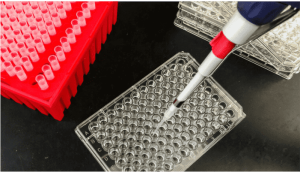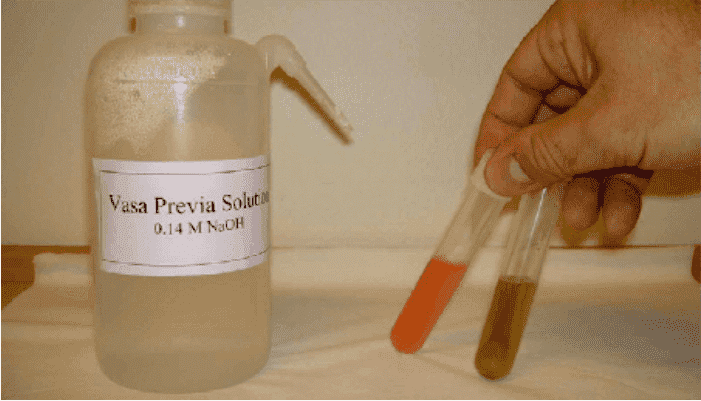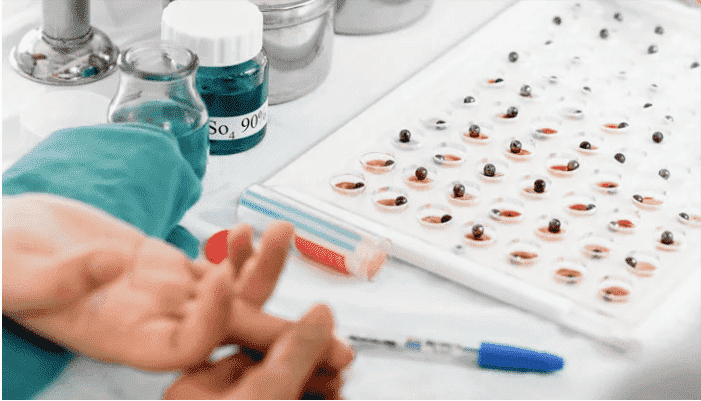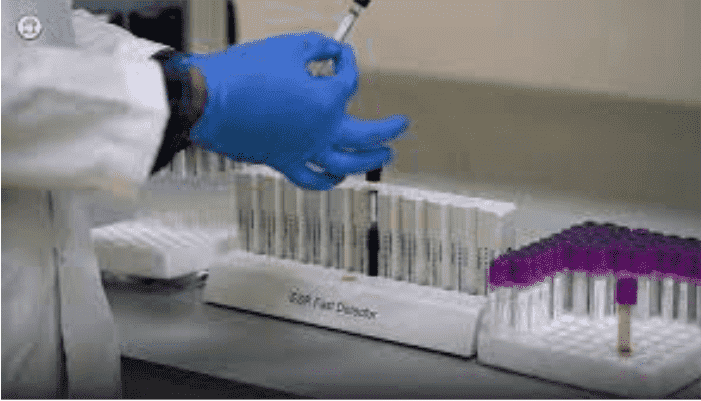G-6-PD Quantitative Test: Detecting Enzyme Deficiency & Hemolysis Causes

G-6-PD Quantitative Test
Synonyms
G-6-PD, Quantitative, Blood
Applies to
Heinz Bodies
Specimen
Erythrocytes
Container
- Lavender top (EDTA) tube
- Green top (heparin) tube
- Acid-citrate-dextrose (ACD) solution tube
Storage Instructions
- Stable at 4°C for up to 6 days
- Stable at 25°C for at least 24 hours
- Ship on wet ice if sending to referral lab (do not freeze)
Reference Range
8.34 ± 1.59 IU/g hemoglobin
Use
This test is used to:
- Identify glucose-6-phosphate dehydrogenase (G-6-PD) deficiency
- Determine cause of drug-induced hemolysis
- Investigate hemolysis due to bacterial/viral infection
- Evaluate hemolysis related to metabolic disorders such as acidosis
Limitations
A false-normal result may occur after acute hemolysis. After hemolytic episodes, younger red cells and reticulocytes (which have higher G-6-PD activity) dominate, potentially masking deficiency.
Contraindications
- Normal G-6-PD screen
- Marked reticulocytosis
Methodology
The test quantifies NADPH formation by measuring change in absorbance at 340 nm at 37°C using patient hemolysate. The rate of NADP+ reduction to NADPH reflects G-6-PD activity.
Additional Information
- Screening should precede the quantitative test.
- Heinz bodies may be observed in peripheral smears during G-6-PD-related hemolysis.
- Older erythrocytes have the lowest G-6-PD levels and are destroyed first in hemolytic crises.
- Reticulocytes and younger red cells exhibit higher enzyme levels—thus post-crisis levels may appear falsely normal.
- Quantitative testing is especially useful in:
- Female patients (carrier state)
- Mild G-6-PD deficient males post-hemolysis
- Consider reticulocyte-poor red cell fractions for more accurate diagnosis.
- Molecular techniques (e.g., mutation detection) are available for confirming G-6-PD deficiency.
References
- Beutler E. “Study of Glucose-6-Phosphate Dehydrogenase: History and Molecular Biology.” Am J Hematol. 1993; 42(1):53-8.
- Dacie J. *The Haemolytic Anaemias*, 3rd ed, Vol 1, Part 1, Chapter 9. Churchill Livingstone, 1985.
- Mentzer WC, Wagner GM. *The Hereditary Haemolytic Anaemias*. Churchill Livingstone, 1989.
- Williams WJ, Beutler E, Erslev AJ, et al. *Hematology*, 4th ed. McGraw-Hill, 1990.
- Jacobs et al. *Laboratory Test Handbook*. Lexi-Comp Inc, 1994.


